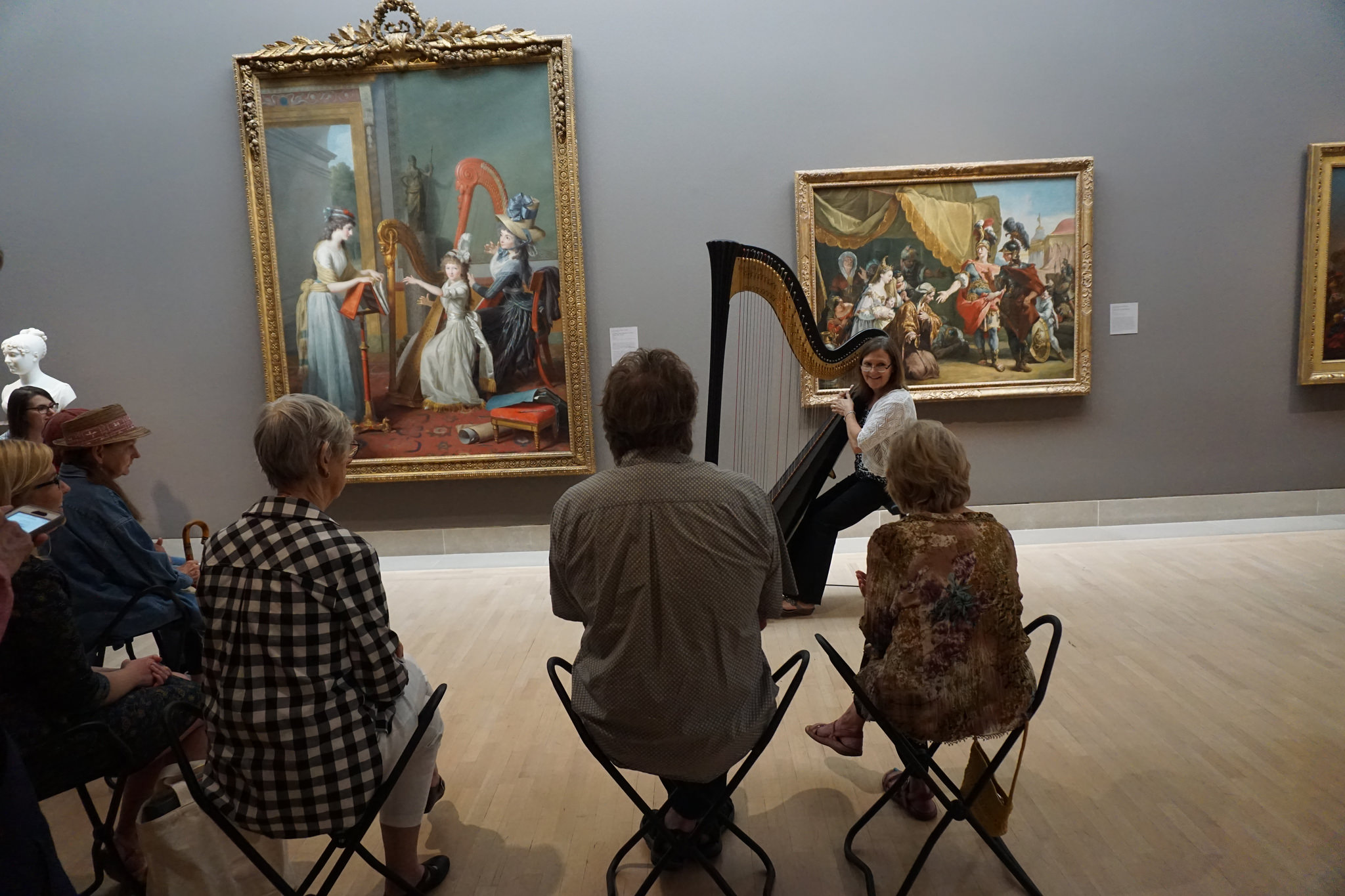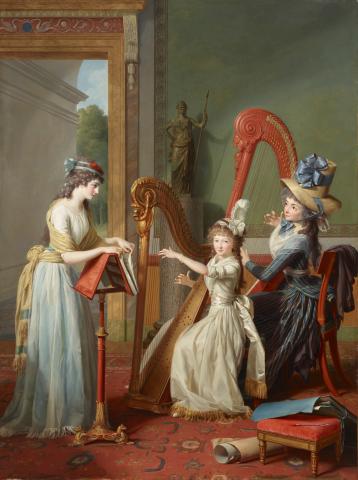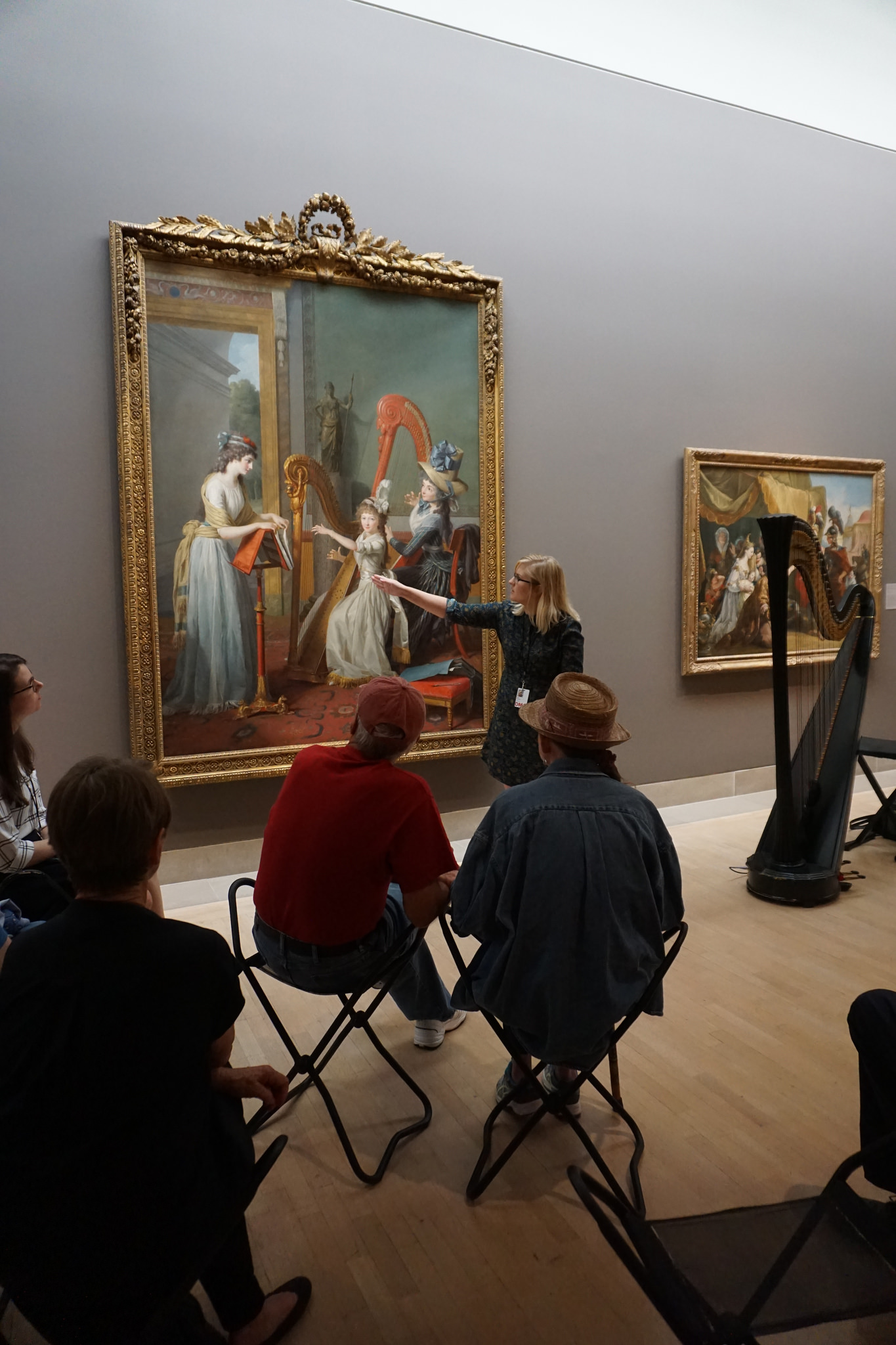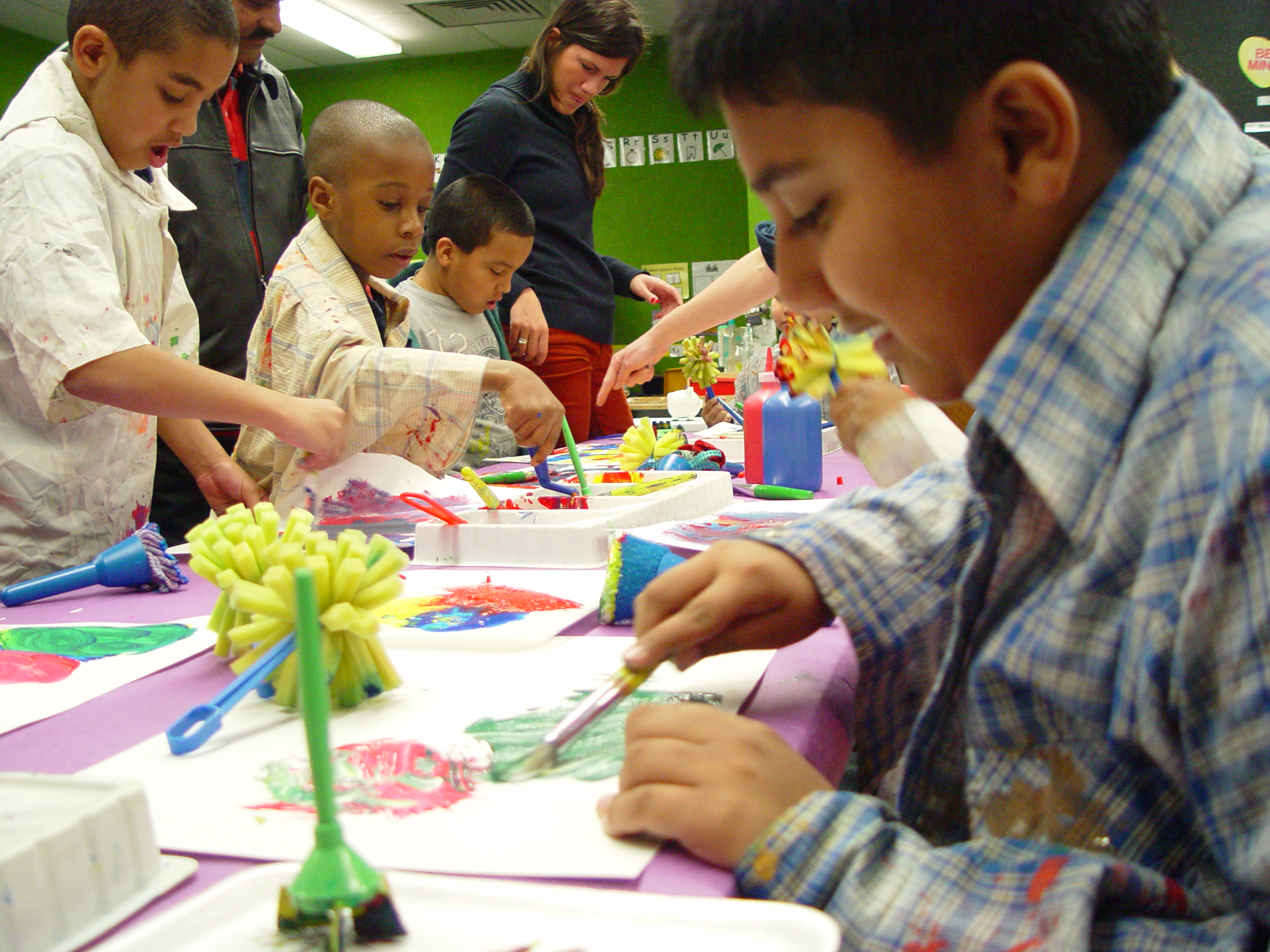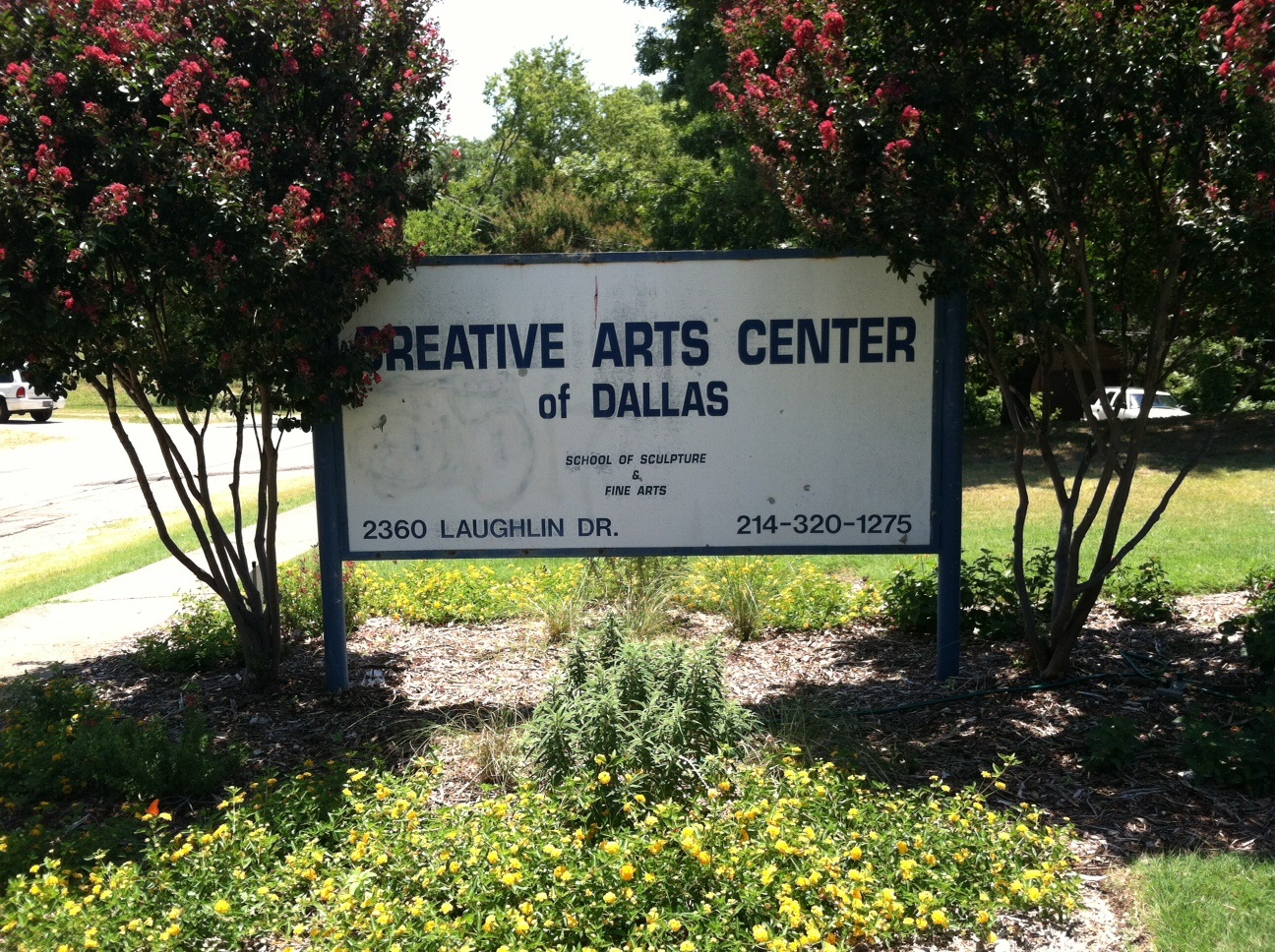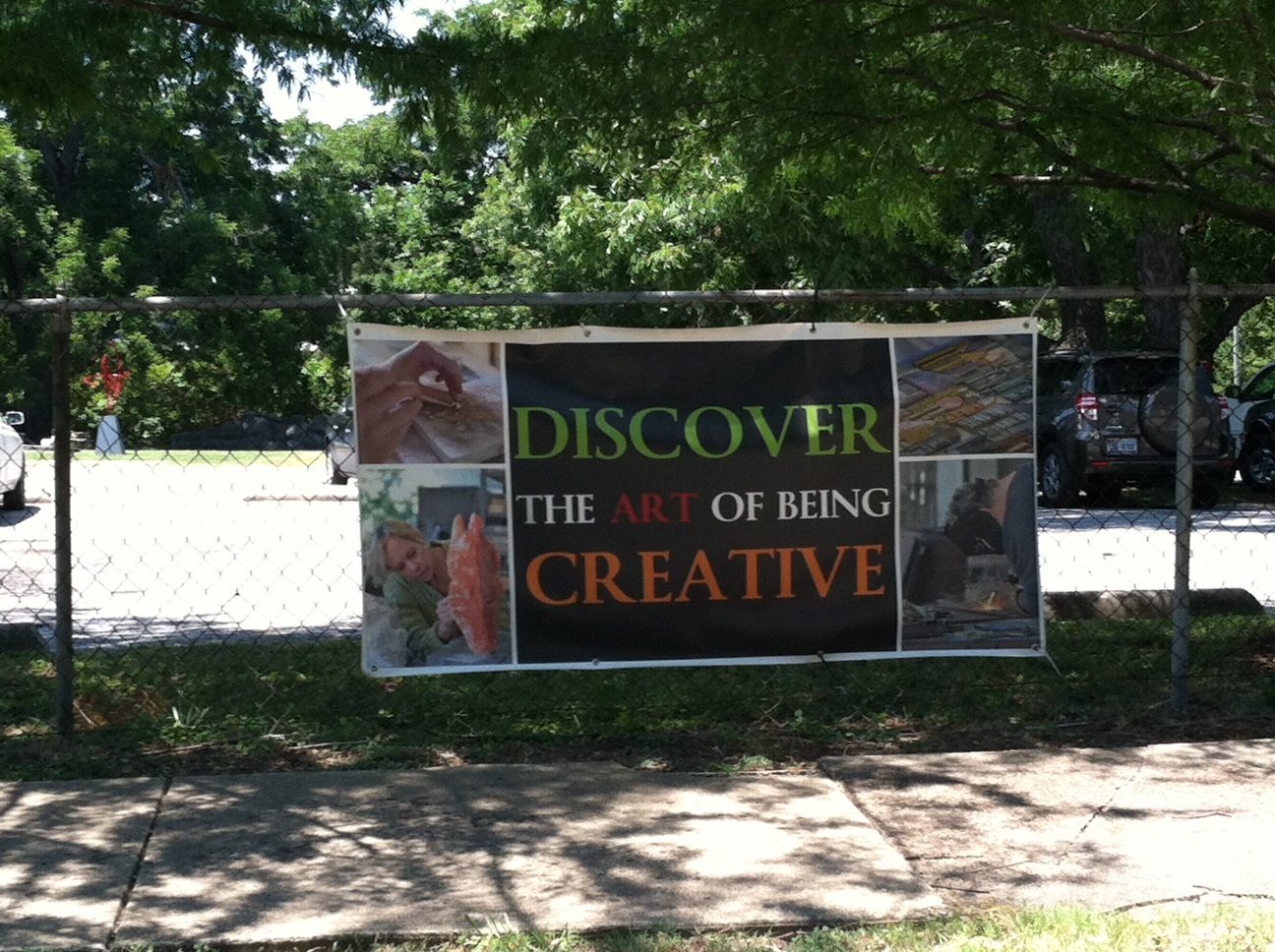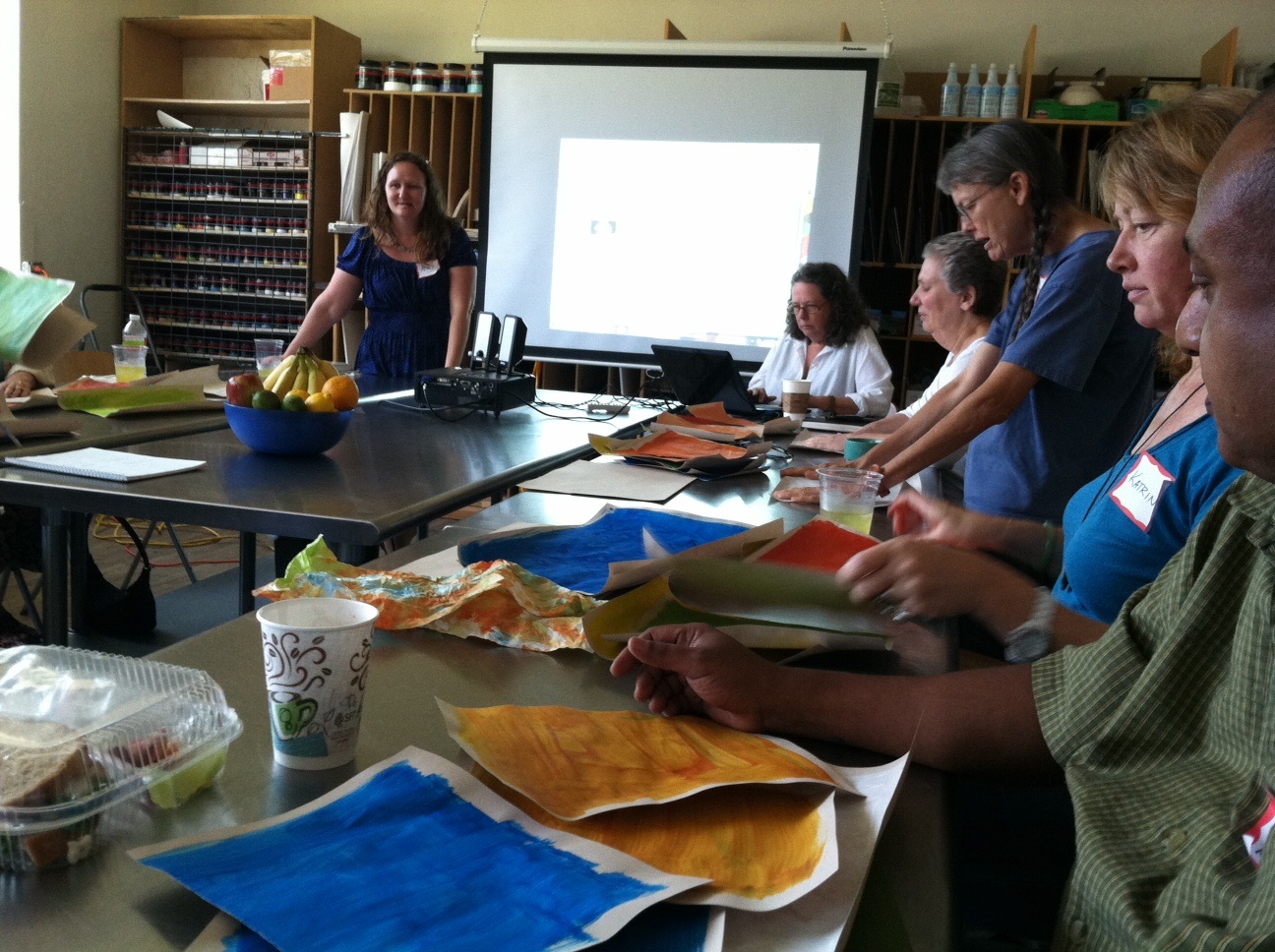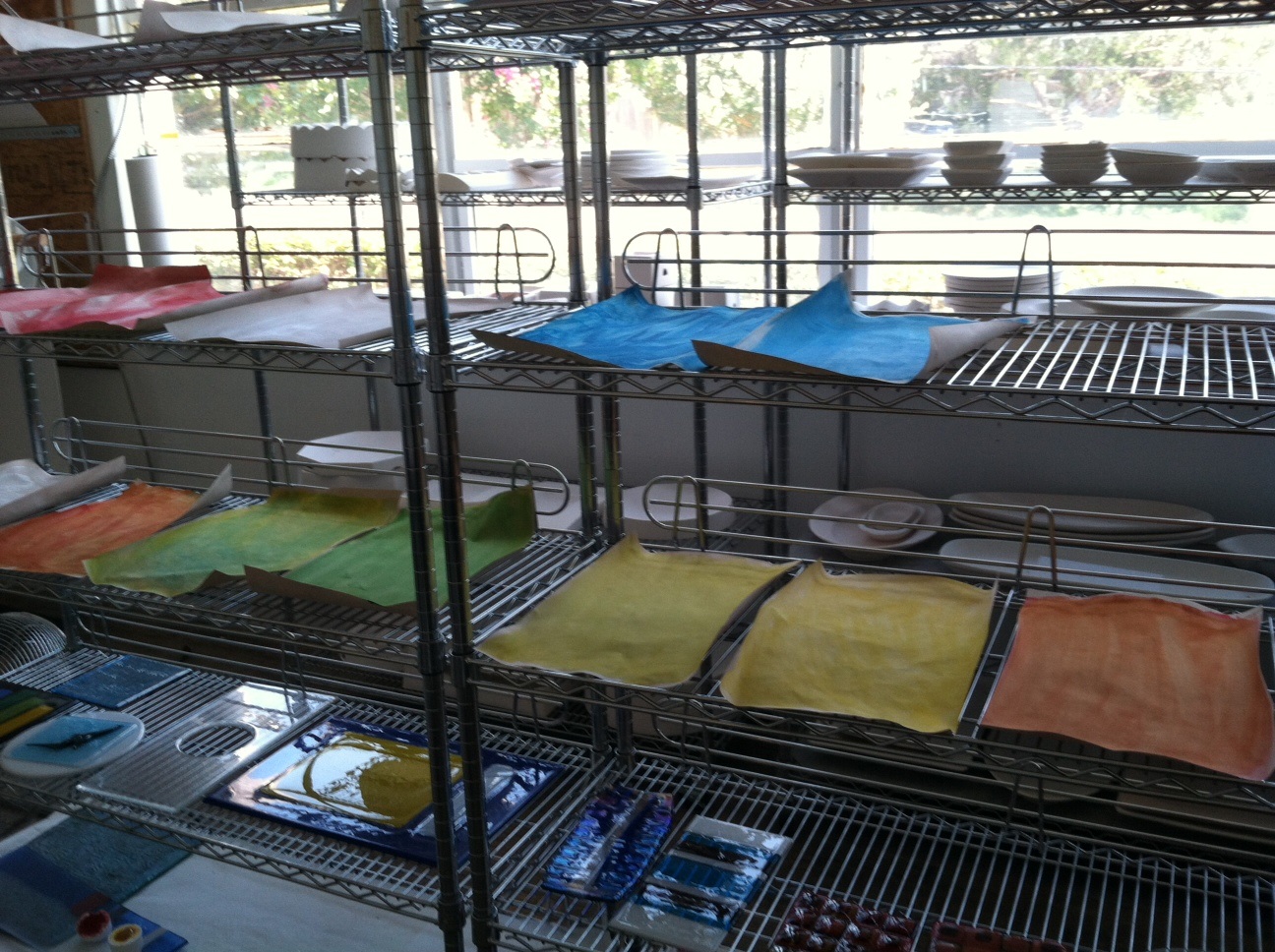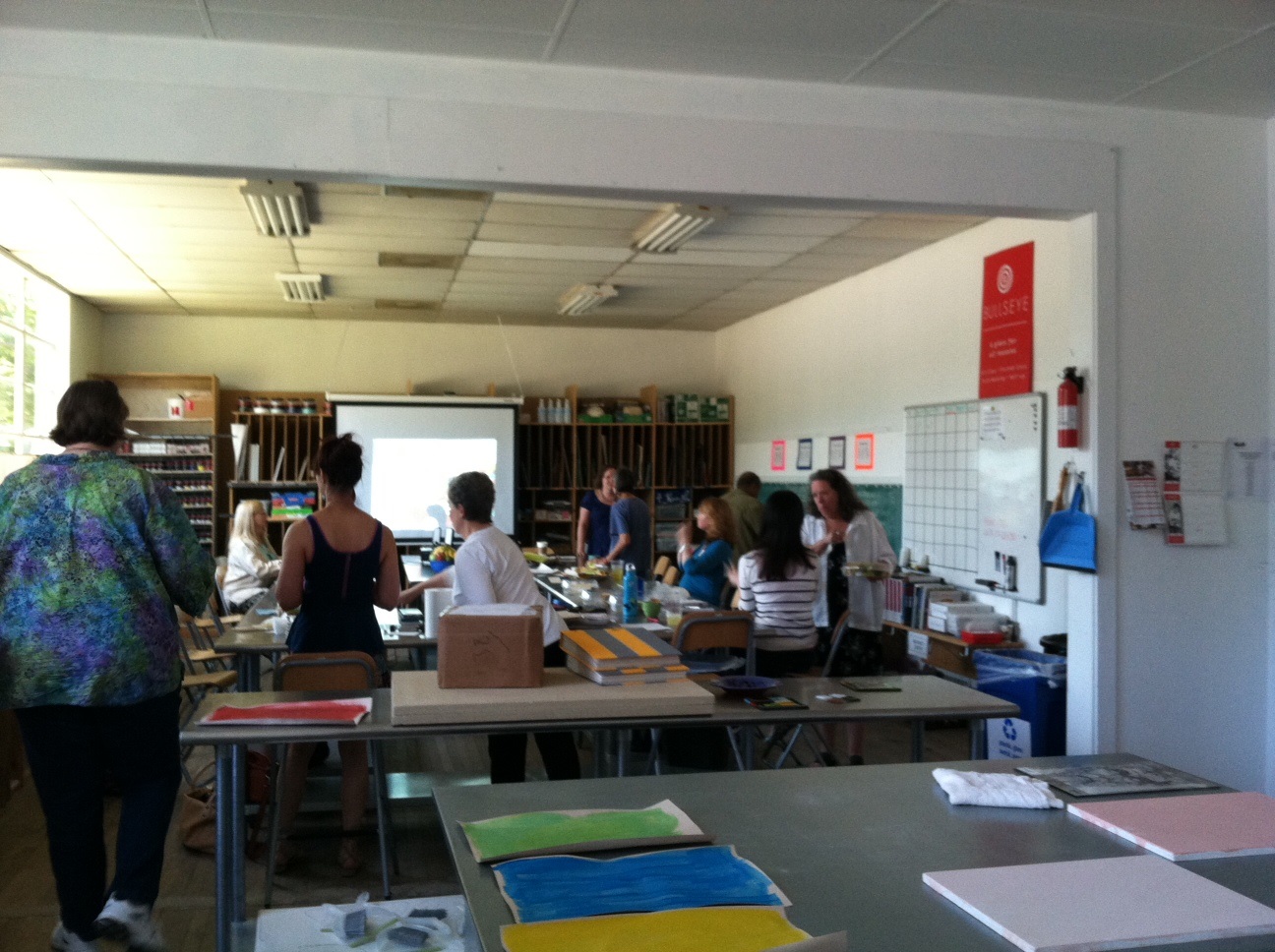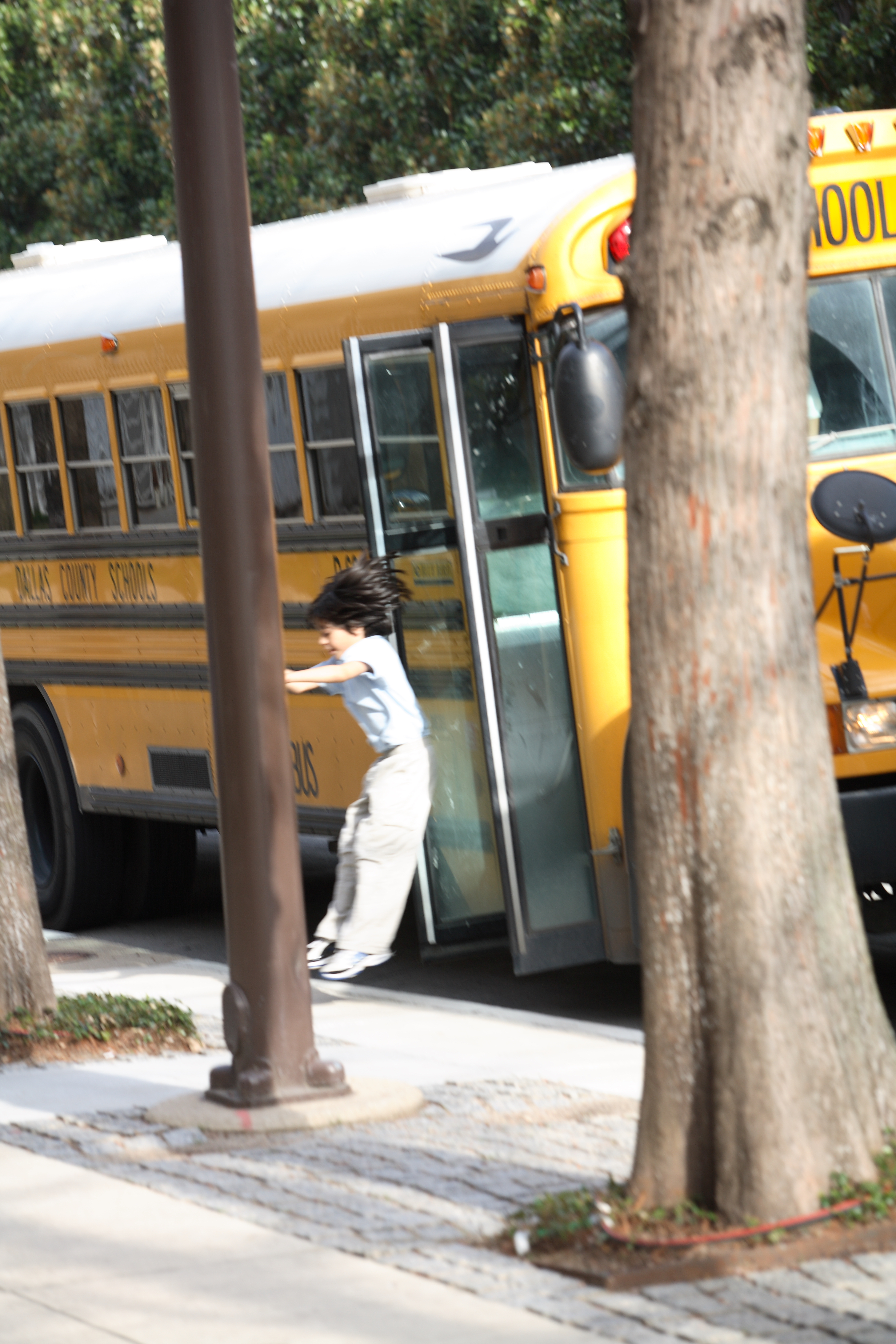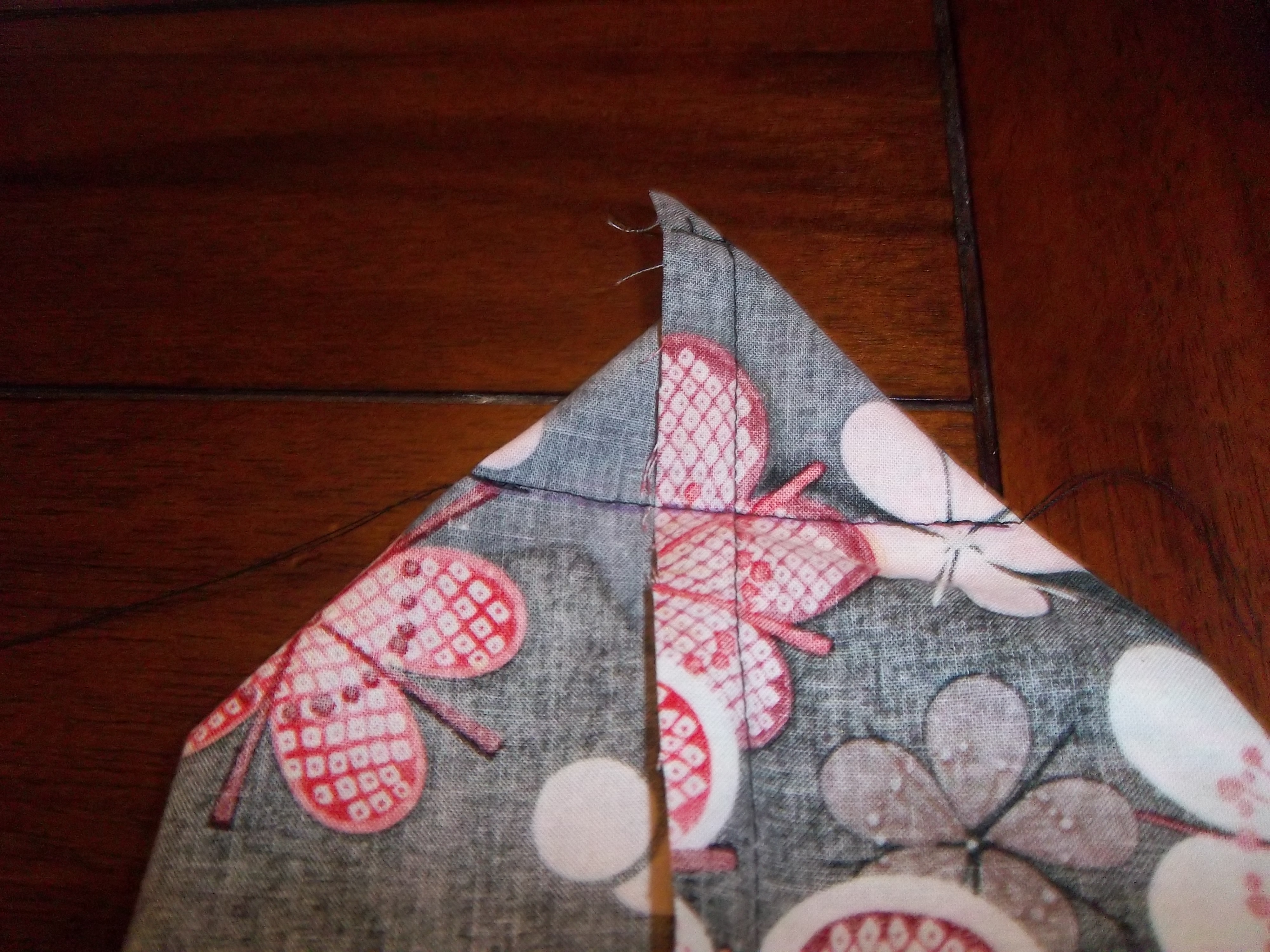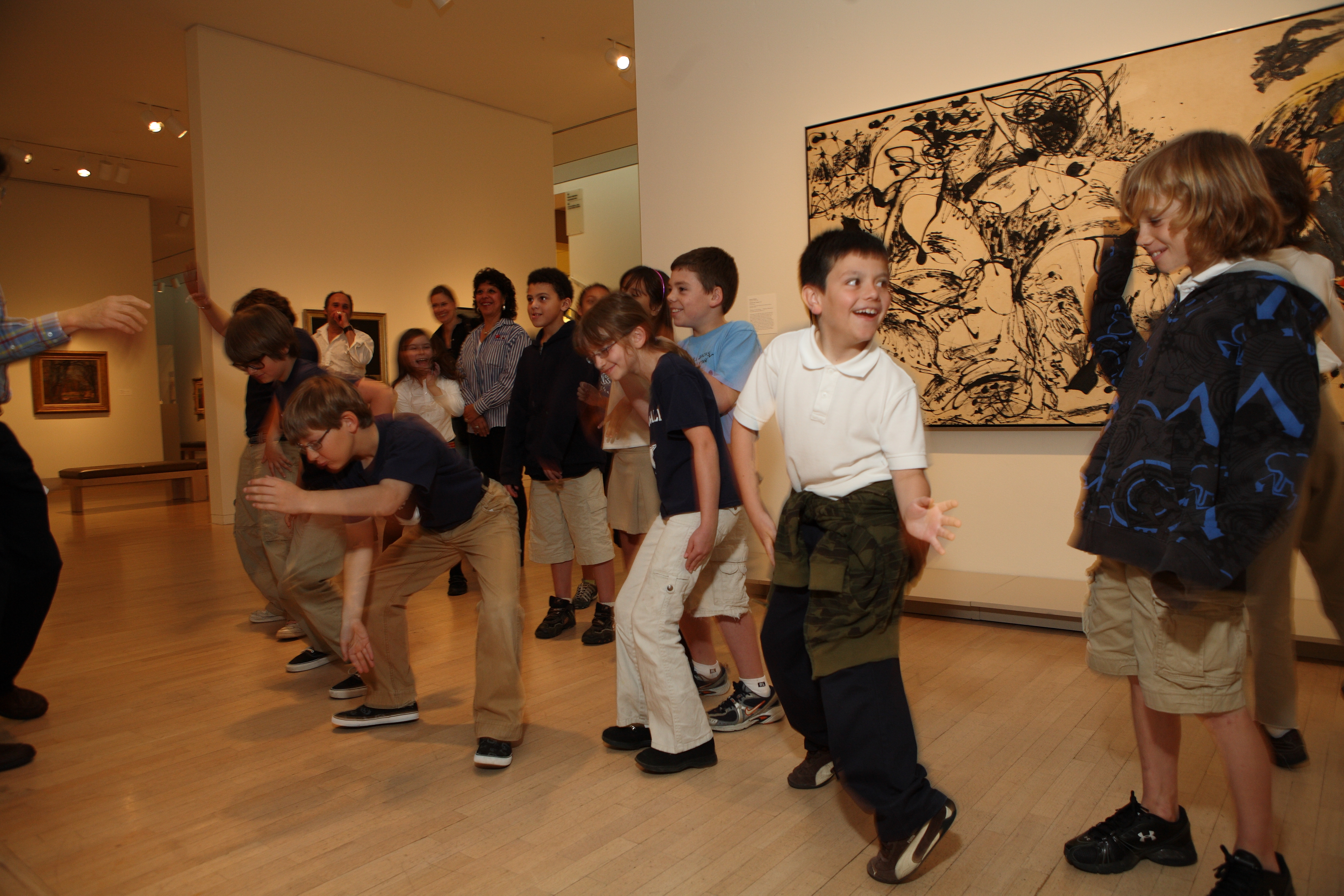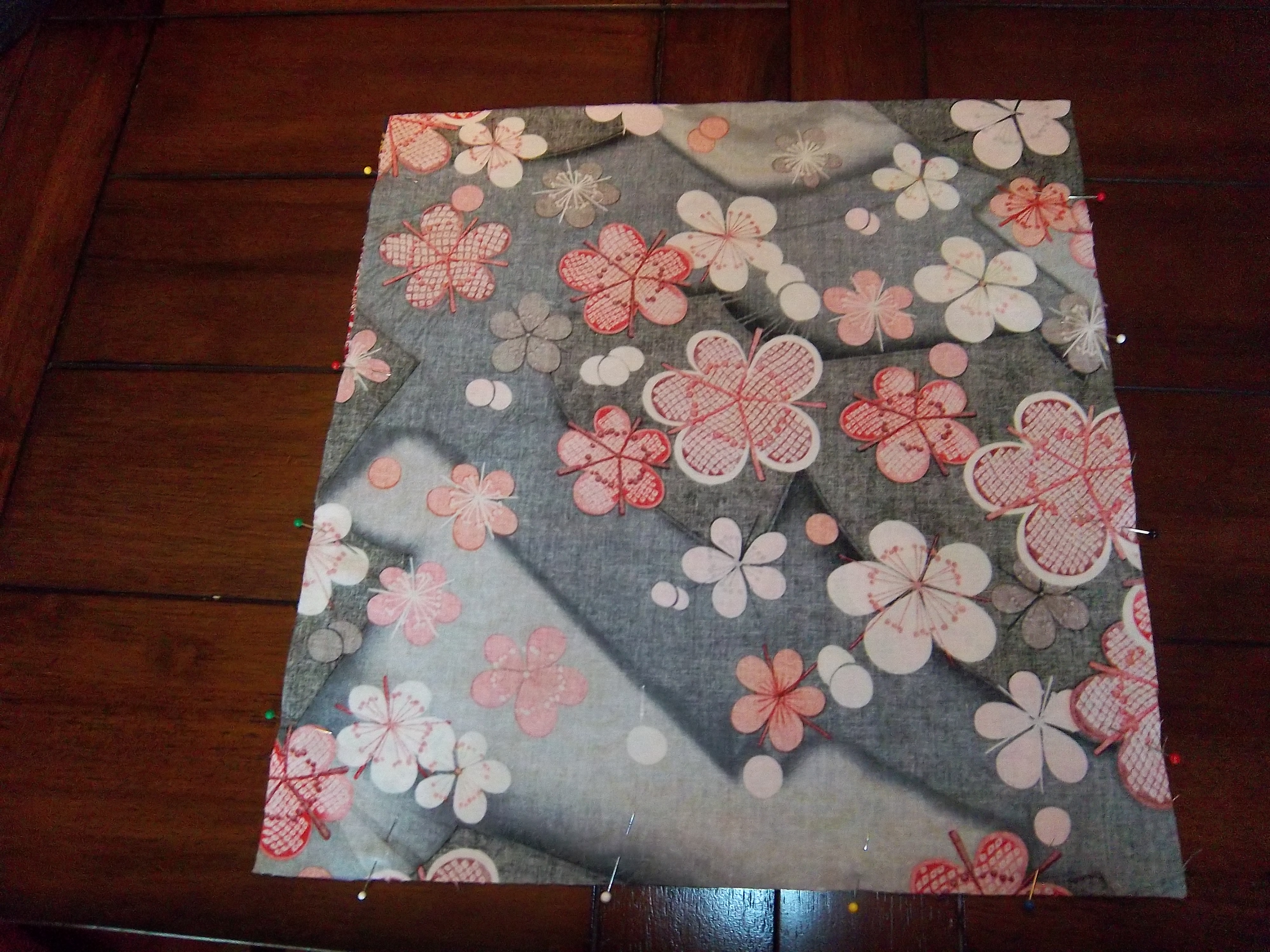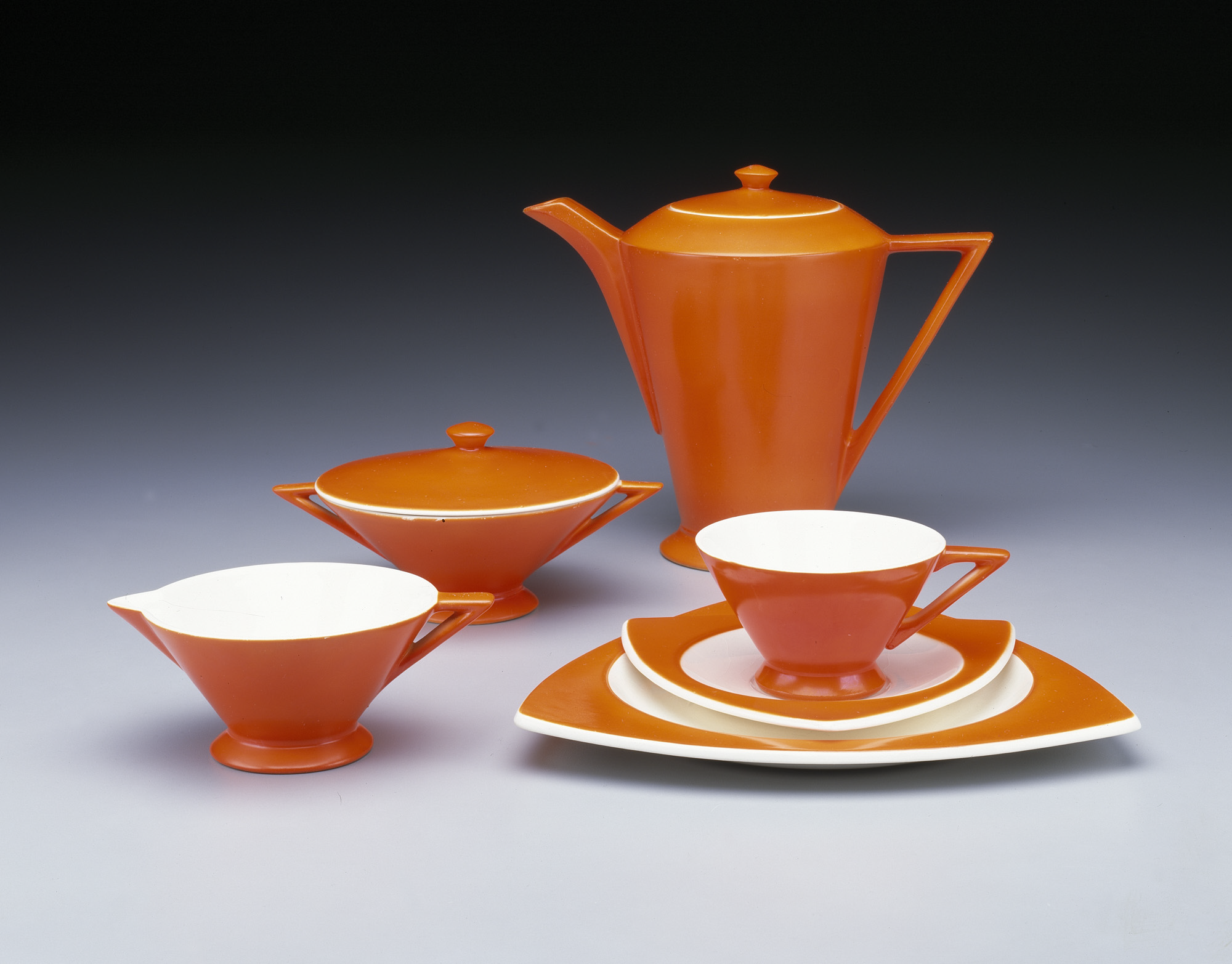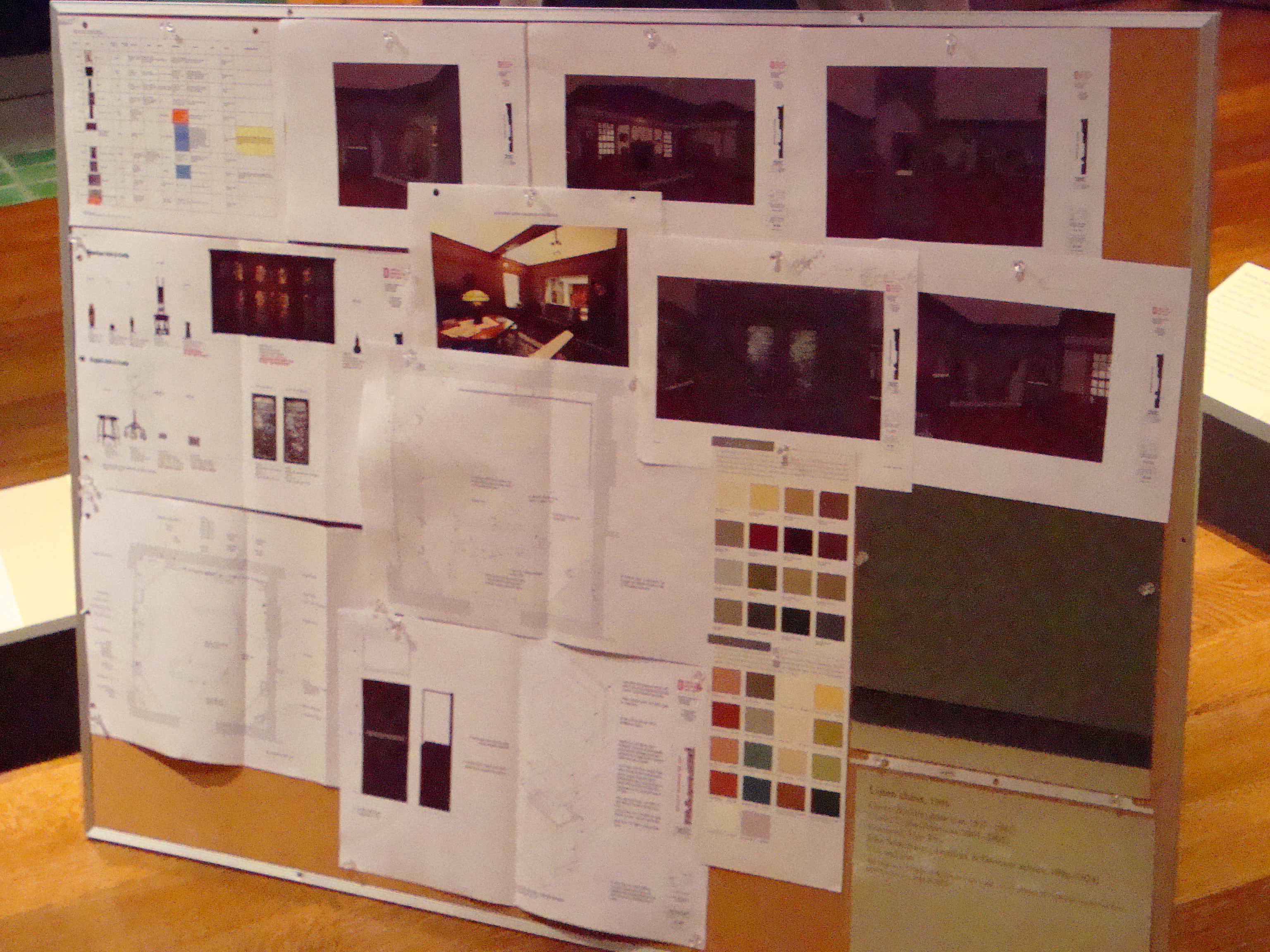The Dallas Museum of Art offers a wide variety of educational programs, classes and workshops for the diverse set of guests who visit the Museum each day, and I feel lucky to be a part of a great number of these. One of my favorite classes to work with has been the Meaningful Moments group, which is a part of the DMA’s Access Programs for visitors with special needs. Meaningful Moments is a monthly program designed specifically for individuals with early stage dementia and their family members or caregivers. Every month, education staff design an interactive class with conversation time in the galleries, as well as a studio component. Each monthly session focuses on a particular creative theme, ranging from special exhibitions, to artworks from a particular artistic genre or geographic location, to visiting artists. April’s theme centered on the Loren Mozley: Structural Integrity exhibition, on view at the DMA until June 30.
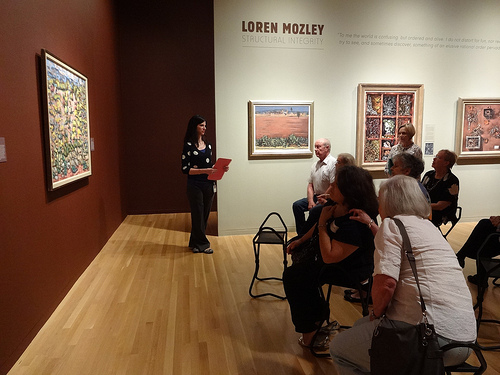
Meaningful Moments group in Loren Mozley: Structural Integrity
Loren Mozley, though an artist in his own right, played a key role in shaping generations of young Texas artists who received instruction from him during his thirty-seven year tenure in the art department at The University of Texas at Austin. This was a wonderful exhibit to share with the Meaningful Moments group because it centers on a Texas-based artist who was heavily influence by nature–themes which are central to the lives of many participants.
As part of the program, we encourage conversation and the mutual sharing of stories, as this type of socialization and exchange can not only build a stronger relationship to the works of art, but also fortify the bond between the individuals with Alzheimer’s and their spouse or caregiver. With more than 500,000 people over the age of 65 nationwide affected by Early Onset Alzheimer’s, and with no known cure, the DMA and other art institutions are offering creative ways of potentially slowing down the progression of the disease in the early stages. It is hoped that facilitated conversations about art, which encourage focused looking, responding and remembering, will offer joyous moments and strengthen cognitive skills.
In the Loren Mozley program, participants shared stories with one another regarding their vacations to central Texas or New Mexico, drawing connections between their perceptions of the landscape and those that Mozley presented in his artwork. Additionally, they were eager to learn more about and discuss Mozley’s friendship with Georgia O’Keeffe and his admiration for Paul Cezanne.
-

-
7/8 x 1 7/16 x 3 13/16 in.
-
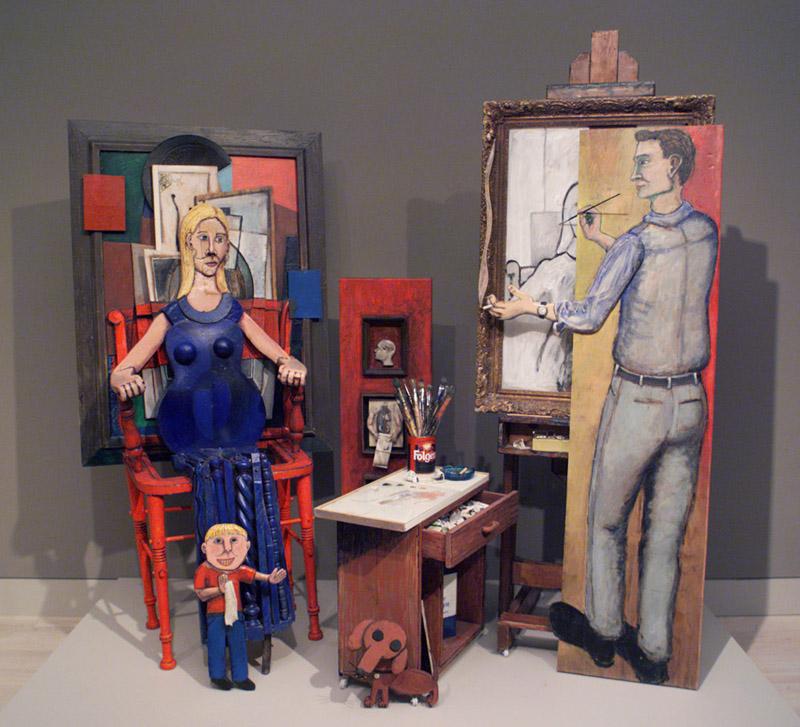
Our fruitful gallery discussion was followed by an open-ended studio activity that related back to Loren Mozley’s artistic process. We took advantage of the gorgeous April day and walked over the to Klyde Warren Park to engage in some still life and landscape drawing. Armed with sketch pad and charcoal, couples sat throughout the park and created their own works of art, which they shared with one another.
The Meaningful Moments program has garnered attention as the first program of its kind in Dallas, taking shape a little over five years ago. For this reason, there is a wonderful sense of community and friendship among members, many of whom have attended since the program’s inception. This program is so much more than a monthly outing to an art museum for adults with early stage dementia and their care partners. It’s special, for both staff and visitors, because it is an opportunity for a group of friends to share their collective life experiences and love of art with one another.
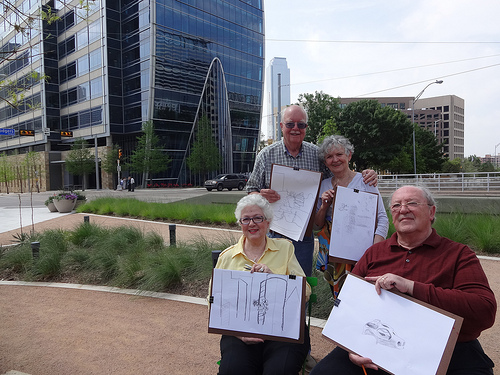
Two couples in the Meaningful Moments group
To become involved in the Meaningful Moments program, or to learn more about the DMA’s Access programming in general, please call 214-922-1251 or e-mail us at our Access programs address.
Danielle Schulz
Teaching Specialist
